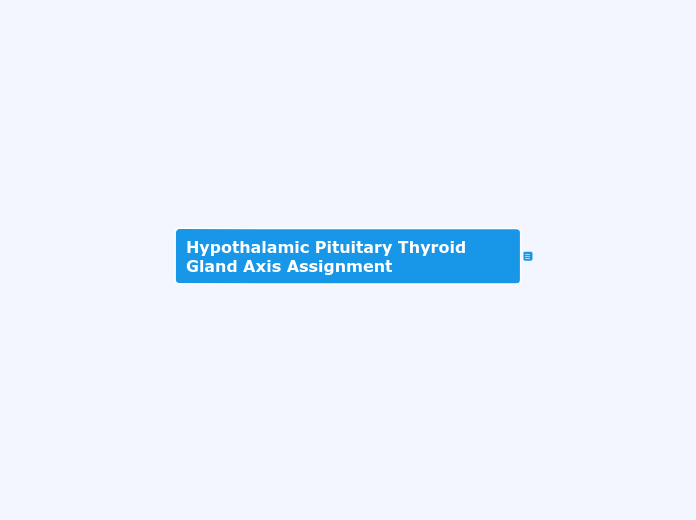jonka Kayla DS 13 vuotta sitten
987
Vertebrates: Phylogenetic Tree
The document discusses various classes and sub-classes within the vertebrate and invertebrate categories, highlighting their unique structural and functional characteristics. Vertebrates are noted for their circulatory, digestive, and nervous systems, and some possess rigid body structures.









